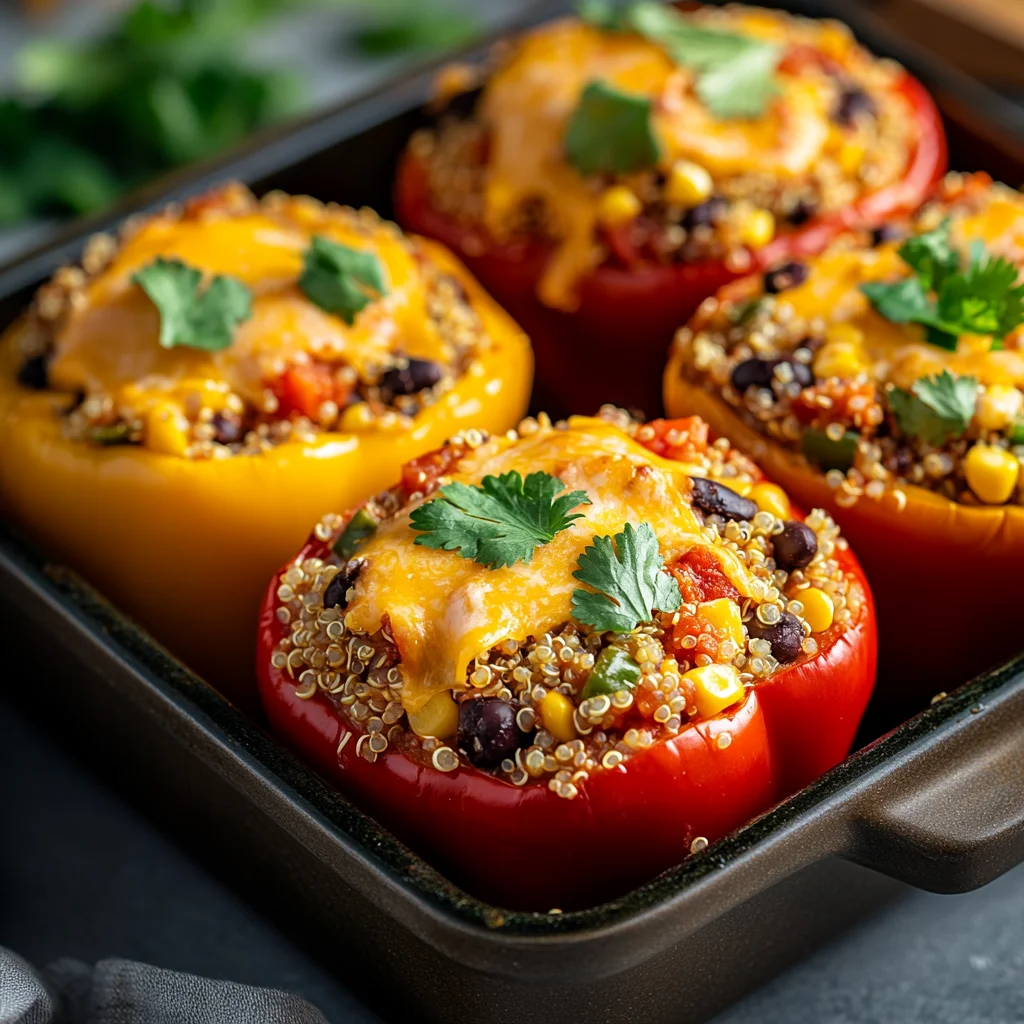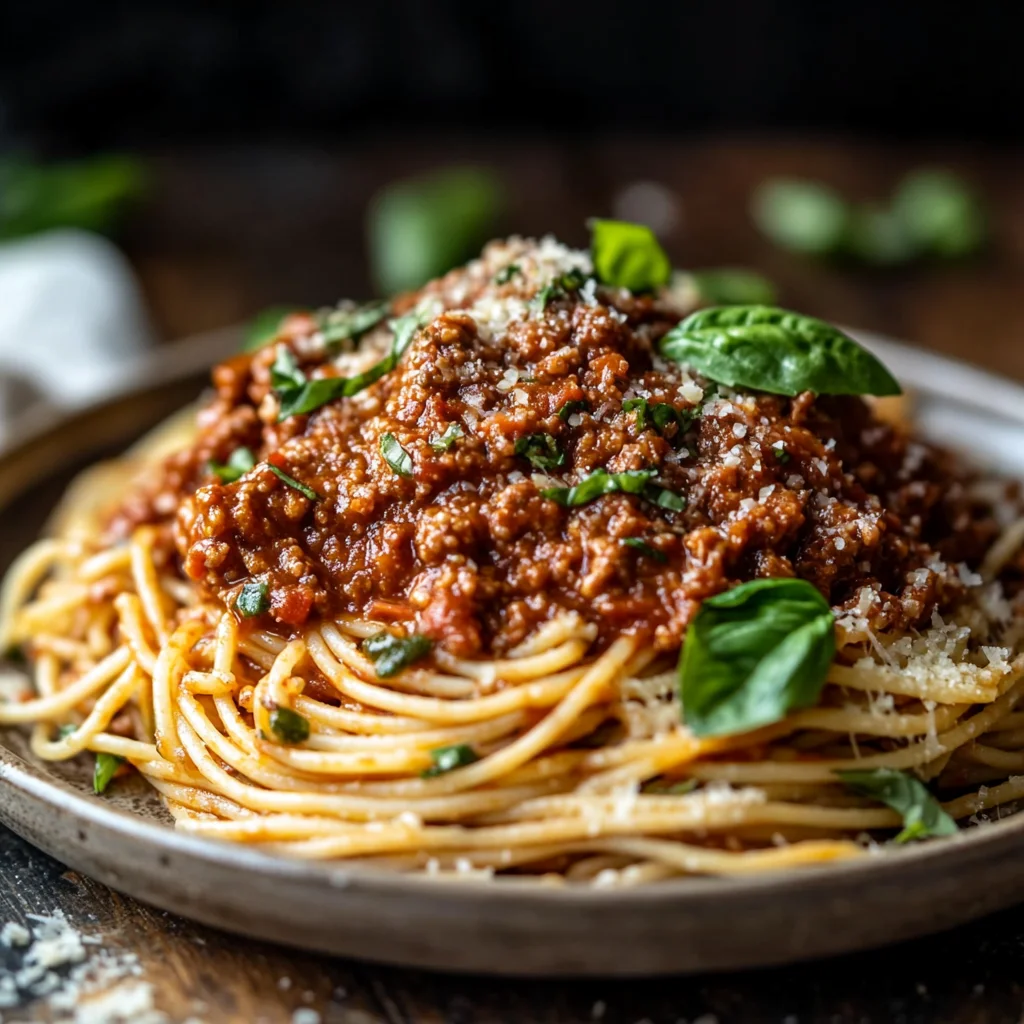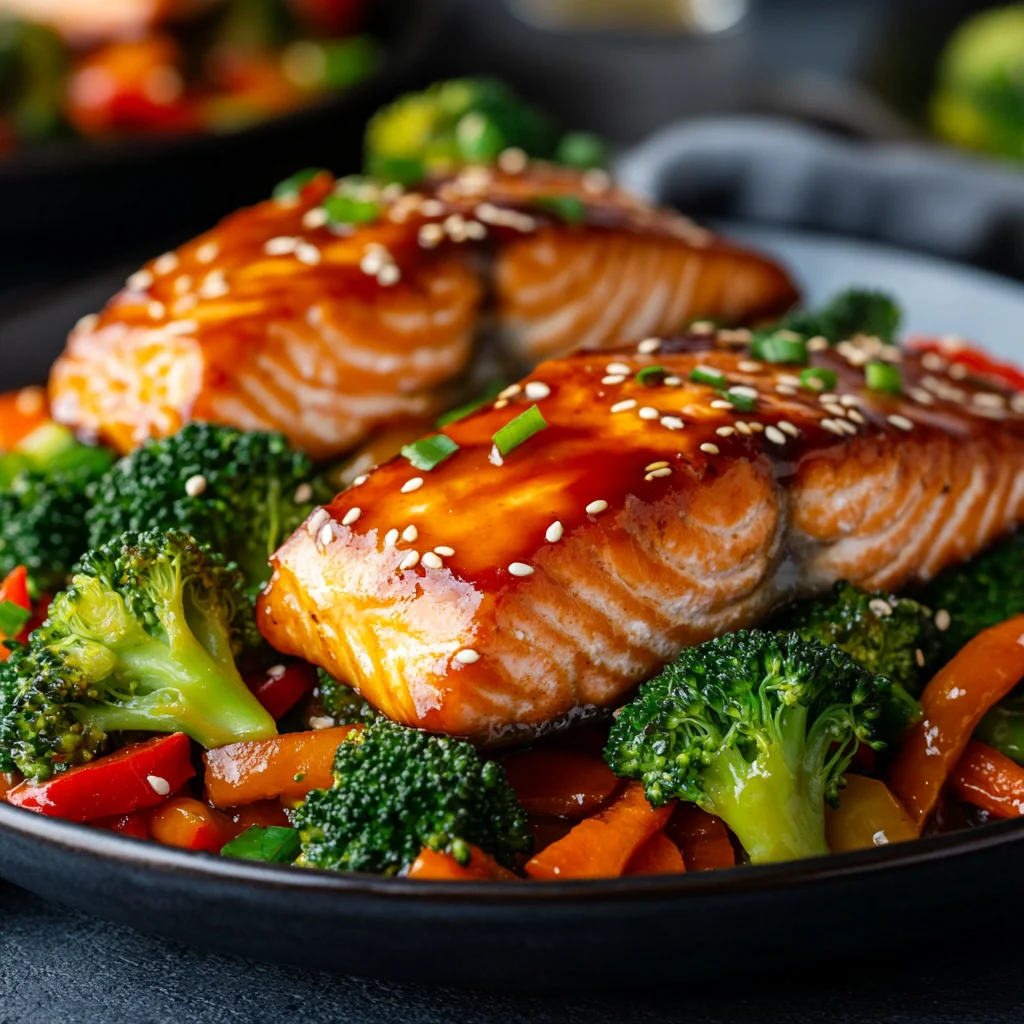Eating gluten-free doesn’t mean you have to give up flavor or variety in your meals. With the right ingredients and a little creativity, you can prepare a wide range of delicious dishes that are completely gluten-free. Whether you’re new to a gluten-free diet or just looking for fresh ideas, countless options cater to a zero gluten lifestyle without sacrificing taste. Using alternatives like quinoa, gluten-free pasta, and fresh vegetables, you can create meals that are both nutritious and satisfying for everyone. From comforting classics to fresh new dishes, these recipes make gluten-free cooking easy and enjoyable for the whole family. Start exploring these options today and discover how delicious zero gluten meals can be.
Why Choose Gluten-Free Dinner Recipes?
Adopting a gluten-free diet is essential for those with celiac disease or gluten sensitivity, but it’s also becoming increasingly popular among people looking to reduce inflammation, improve digestion, and enhance their overall well-being. Many people are choosing gluten-free meals because they believe that eliminating gluten can lead to better health outcomes, including less bloating, clearer skin, and more energy. Moreover, gluten-free meals can be just as flavorful and satisfying as their gluten-containing counterparts, offering a healthy alternative that doesn’t compromise on taste. In fact, a gluten-free diet can introduce you to a whole new world of culinary delights, encouraging you to experiment with new ingredients and cooking techniques.
Understanding the difference between gluten sensitivity and celiac disease is crucial for making informed dietary choices; learn more from this comprehensive overview by the Mayo Clinic.
Essential Ingredients for Gluten-Free Cooking
Creating delicious gluten-free meals starts with stocking your pantry with some essential ingredients. These ingredients will not only help you avoid gluten but also add depth and flavor to your dishes. Here are some staples you’ll want to have on hand:
- Gluten-Free Flours: Almond flour, coconut flour, rice flour, and chickpea flour are great substitutes for traditional wheat flour. Each of these flours brings a unique texture and flavor profile to your cooking. For example, almond flour adds a nutty flavor and is excellent for baked goods, while chickpea flour has a savory taste that works well in savory dishes like flatbreads and fritters.
- Gluten-Free Pasta: Look for pasta made from brown rice, quinoa, or lentils to replace regular pasta in your favorite dishes. These options are not only gluten-free but also rich in nutrients like fiber and protein, making them a healthier choice overall.
- No Gluten Bread: Many stores now offer a variety of zero gluten bread options, but you can also make your own using gluten-free flour blends. Homemade gluten-free bread often tastes fresher and can be customized with your favorite flavors, like herbs, cheese, or seeds.
- Naturally Gluten-Free Grains: Quinoa, millet, and buckwheat are excellent grain options that are naturally gluten-free. These grains are versatile and can be used in a variety of dishes, from salads and soups to breakfast bowls and desserts.
- Fresh Vegetables and Fruits: These are naturally gluten-free and should make up a large portion of your diet. Vegetables and fruits are not only free of gluten but also packed with vitamins, minerals, and antioxidants that support overall health.
For those new to gluten-free baking, it’s essential to learn the unique techniques and tips that can help you achieve the perfect texture and flavor, as detailed in this guide from King Arthur Baking.
5 Delicious Gluten-Free Dinner Recipes
Now that you know the essential ingredients, let’s dive into some mouth-watering gluten-free dinner recipes that are sure to please everyone at your table.
1. Gluten-Free Chicken Alfredo with Zucchini Noodles
Chicken Alfredo is a classic comfort food, and with a few adjustments, it can easily be made gluten-free. By swapping out traditional pasta for zucchini noodles, you get a lighter, more nutritious version of this beloved dish.
Ingredients:
- 2 large zucchinis, spiralized into noodles
- 2 boneless, skinless chicken breasts
- 1 cup heavy cream
- 1/2 cup Parmesan cheese, grated
- 2 cloves garlic, minced
- Salt and pepper to taste
- Fresh parsley for garnish
Instructions:
- Start by cooking the chicken breasts in a large skillet over medium heat until fully cooked, about 6-7 minutes per side. Remove from the skillet and set aside.
- In the same skillet, add the garlic and sauté for 1-2 minutes until fragrant.
- Pour in the heavy cream and bring to a simmer. Stir in the Parmesan cheese until the sauce thickens.
- Add the zucchini noodles to the skillet and cook for 2-3 minutes until they are tender.
- Slice the cooked chicken and add it back to the skillet. Toss everything together and season with salt and pepper.
- Garnish with fresh parsley and serve immediately.
If you’re looking to add even more flavor, consider topping the dish with some sun-dried tomatoes or freshly cracked black pepper.
2. Gluten-Free Quinoa Stuffed Peppers
These stuffed peppers are packed with protein and flavor, making them a hearty and satisfying meal. They’re perfect for a family dinner or as a meal prep option for the week.

Ingredients:
- 4 large bell peppers, tops cut off and seeds removed
- 1 cup quinoa, cooked
- 1 can black beans, drained and rinsed
- 1 cup corn kernels (fresh or frozen)
- 1 cup tomato sauce
- 1 tsp cumin
- 1 tsp chili powder
- 1/2 cup shredded cheddar cheese (optional)
- Fresh cilantro for garnish
Instructions:
- Preheat the oven to 375°F (190°C).
- In a large bowl, combine the cooked quinoa, black beans, corn, tomato sauce, cumin, and chili powder.
- Stuff the bell peppers with the quinoa mixture and place them in a baking dish.
- If using cheese, sprinkle it over the tops of the peppers.
- Cover the dish with foil and bake for 30 minutes. Remove the foil and bake for an additional 10 minutes until the peppers are tender.
- Garnish with fresh cilantro and serve.
For a twist on this recipe, you can also add some ground turkey or beef to the filling for added protein.
3. Gluten-Free Spaghetti Bolognese
This classic Italian dish gets a gluten-free makeover by using gluten-free spaghetti. It’s a comforting and hearty meal that’s perfect for any night of the week.

Ingredients:
- 12 oz gluten-free spaghetti
- 1 lb ground beef or turkey
- 1 onion, diced
- 2 cloves garlic, minced
- 1 can (28 oz) crushed tomatoes
- 1 tsp dried oregano
- 1 tsp dried basil
- Salt and pepper to taste
- Fresh basil for garnish
Instructions:
- Cook the gluten-free spaghetti according to the package instructions. Drain and set aside.
- In a large skillet, cook the ground beef or turkey over medium heat until browned. Drain any excess fat.
- Add the diced onion and garlic to the skillet and sauté for 3-4 minutes until softened.
- Pour in the crushed tomatoes, oregano, and basil. Bring the sauce to a simmer and cook for 15-20 minutes until thickened.
- Season the sauce with salt and pepper to taste.
- Serve the Bolognese sauce over the cooked spaghetti and garnish with fresh basil.
For a richer flavor, consider adding a splash of red wine to the sauce as it simmers.
4. Gluten-Free Sweet Potato and Black Bean Tacos
These vegetarian tacos are packed with flavor and nutrition, making them a perfect gluten-free dinner option. They are also quick to prepare, making them ideal for busy weeknights.
Ingredients:
- 2 large sweet potatoes, peeled and diced
- 1 can black beans, drained and rinsed
- 1 tsp smoked paprika
- 1 tsp cumin
- Corn tortillas (ensure they are labeled gluten-free)
- 1 avocado, sliced
- Fresh lime juice
- Fresh cilantro for garnish
Instructions:
- Preheat the oven to 400°F (200°C).
- Toss the diced sweet potatoes with smoked paprika, cumin, salt, and pepper. Spread them out on a baking sheet and roast for 25-30 minutes until tender.
- Warm the corn tortillas in a dry skillet or directly over a gas flame.
- Fill each tortilla with roasted sweet potatoes, black beans, and avocado slices.
- Squeeze fresh lime juice over the tacos and garnish with cilantro.
For a little extra spice, consider adding a drizzle of your favorite hot sauce or a sprinkle of crushed red pepper flakes.
5. Gluten-Free Teriyaki Salmon with Stir-Fried Vegetables
This Asian-inspired dish is both healthy and flavorful, making it a great gluten-free dinner choice. It’s perfect for a quick weeknight meal or a more elaborate weekend dinner.

Ingredients:
- 4 salmon fillets
- 1/4 cup gluten-free soy sauce
- 2 tbsp honey
- 1 tbsp rice vinegar
- 2 cloves garlic, minced
- 1 tsp grated ginger
- 2 cups broccoli florets
- 1 red bell pepper, sliced
- 1 carrot, julienned
- 1 tbsp sesame oil
- Sesame seeds for garnish
Instructions:
- In a small bowl, whisk together the soy sauce, honey, rice vinegar, garlic, and ginger.
- Place the salmon fillets in a shallow dish and pour the marinade over them. Let marinate for at least 30 minutes.
- Preheat the oven to 375°F (190°C). Place the salmon on a baking sheet and bake for 15-20 minutes until cooked through.
- While the salmon is baking, heat the sesame oil in a large skillet over medium heat. Add the broccoli, bell pepper, and carrot, and stir-fry for 5-7 minutes until tender.
- Serve the salmon over a bed of stir-fried vegetables and garnish with sesame seeds.
For more gluten-free dinner recipes and inspiration, visit Gluten-Free Living.
Tips for Making Gluten-Free Dinners
Successfully cooking gluten-free meals involves a few essential tips to ensure your dishes are both safe to eat and delicious. Here’s how to make sure your gluten-free dinners turn out perfectly every time:
1. Read Labels Carefully
When you are respecting this lifestyle, it’s crucial to read food labels carefully to ensure that all ingredients are truly gluten-free. Some products, like soy sauce and certain condiments, can contain hidden gluten. Always look for certified gluten-free labels, and be aware of any cross-contamination warnings on the packaging.
2. Use Separate Cooking Utensils
If you share your kitchen with people who eat gluten, make sure to use separate cooking utensils, cutting boards, and pans to avoid cross-contamination. Even a small amount of gluten can cause a reaction in people with celiac disease, so it’s important to keep gluten-free foods completely separate from gluten-containing foods.
3. Experiment with New Ingredients
Don’t be afraid to try new ingredients like quinoa, buckwheat, or gluten-free grains. These can add variety to your meals and open up new possibilities for delicious dinners. For example, quinoa can be used as a base for salads or as a stuffing for vegetables, while buckwheat makes great gluten-free pancakes and waffles.
4. Plan Ahead
Meal planning can make it easier to stick to a gluten-free diet. Plan your meals for the week and make a shopping list to ensure you have everything you need. This way, you’ll always have gluten-free options available and won’t be tempted to reach for gluten-containing foods.
When shopping for gluten-free products, it’s important to understand how foods are labeled, which you can learn about in this FDA guide on gluten-free food labeling.
Frequently Asked Questions
Can I make gluten-free pasta at home?
Yes, you can make this type of pasta at home using a blend of gluten-free flours. Common flours for homemade gluten-free pasta include rice flour, tapioca flour, and xanthan gum to help bind the dough. There are also many no gluten pasta options available at most grocery stores, ranging from traditional shapes like spaghetti and penne to specialty options like lasagna noodles and ravioli.
What are some common gluten-containing ingredients to avoid?
Common gluten-containing ingredients include wheat, barley, rye, and triticale. Additionally, be cautious with products like soy sauce, certain dressings, and processed foods, which may contain hidden gluten. Always read ingredient labels carefully, and when dining out, be sure to ask about gluten-free options and possible cross-contamination.
How can I thicken sauces without using flour?
You can thicken sauces without flour by using alternatives like cornstarch, arrowroot powder, or a Free of gluten flour blend. These options are great for making gravies, soups, and sauces that are free from gluten but still rich and satisfying. When using cornstarch or arrowroot, mix them with a bit of cold water before adding to hot liquids to prevent clumping.
What are some naturally gluten-free foods I can include in my diet?
Naturally this type of foods include fresh fruits and vegetables, meat, fish, eggs, nuts, seeds, and most dairy products. Additionally, grains like rice, quinoa, and millet are also gluten-free. Incorporating a wide variety of these foods into your diet ensures you get all the nutrients you need while avoiding gluten.
Conclusion
Having this lifestyle doesn’t mean you have to miss out on delicious dinners. With these recipes and tips, you can create satisfying and flavorful meals that are safe for anyone following a this kind of diet. Whether you’re cooking for yourself or a loved one, these dinner recipes are sure to become favorites in your home.
So, why not give one of these recipes a try tonight? With the right ingredients and a little creativity, you’ll see that gluten-free cooking can be both easy and enjoyable. Remember, the key to a successful zero gluten diet is to stay informed, experiment with new ingredients, and have fun in the kitchen!

1 thought on “Gluten-Free Dinner Recipes”